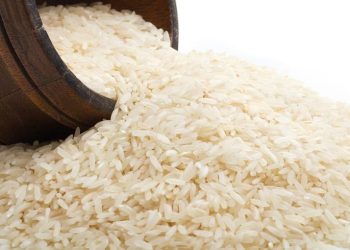Jakarta, Indonesia Sentinel — PT Sri Rejeki Isman Tbk (SRIL) better known as Sritex, one of Indonesia’s largest textile manufacturers, was officially declared bankrupt by the Semarang Commercial Court. The ruling, case number 2/Pdt.Sus-Homologasi/2024/PN Niaga Smg, reflects the severe financial distress the company has been facing. But what exactly pushed Sritex, a well-established brand, into insolvency?
One of the major reasons behind Sritex’s downfall is its overwhelming debt. Based on its September 2023 financial report, the company’s total liabilities amounted to IDR 24.3 trillion (around $1.6 billion), which far exceeded its revenue. With assets estimated at IDR 10.33 trillion ($670 million), the company was unable to service its debt obligations, triggering a financial crisis.
Key Factors Behind Sritex Collapse:
1. Overwhelming Debt
Sritex’s debt burden didn’t just begin with the pandemic. The company had been struggling with various types of debt, including bonds, bank loans, factory leases, and tax liabilities. Despite efforts to restructure these obligations, Sritex could not keep pace with its repayment schedule, eventually leading to its insolvency.
2. Trading Suspension
In October 2022, the Financial Services Authority (OJK) suspended trading of Sritex’s shares on the Indonesia Stock Exchange (IDX). This suspension occurred after the company failed to submit its financial reports on time, raising concerns about transparency. The suspension hurt investor confidence, further weakening the company’s financial position.
3. Negative Equity
Another key factor in Sritex’s collapse is its negative equity. When a company’s liabilities exceed its assets, it faces enormous challenges in obtaining external financing. Sritex’s negative equity resulted from long-term operational losses and financial mismanagement. Without sufficient capital, the company was unable to finance its operations, increasing the likelihood of bankruptcy.
4. Failure to Meet Debt Obligations
Sritex and its subsidiaries, including PT Sinar Pantja Djaja, PT Bitratex Industries, and PT Primayudha Mandirijaya, failed to meet their payment obligations to creditors. A critical ruling in January 2022 determined that Sritex had defaulted on payments, setting the stage for the company’s final collapse in 2024.
Union Leader Defends Workers After Sritex’s Bankruptcy: “Debt, Not Wages, to Blame”
Despite being a long-standing leader in Indonesia’s textile industry, Sritex has now entered a period of uncertainty as its creditors and employees, including 20,000 factory workers, face the fallout from the bankruptcy.
(Becky)


























